The biennial Farnborough Air Show in England is the commercial aircraft industry’s biggest event and draws plane manufacturers and airlines from the world over—more than 1,000 exhibitors from 38 countries.
Boeing Co.’s highly anticipated 787 Dreamliner made its international debut on Sunday at Farnborough. Boeing will showcase its “breakthrough capabilities and innovations of both our commercial airplanes and our defense, space, and security businesses,” said Tom Downey, senior vice president of Boeing, in a statement.
More than two years overdue, Boeing is expected to make its first deliveries of the aircraft later this year to launch customers All Nippon Airways, but acknowledged that paperwork and production delays could push it into 2011.
Orders for new planes aren’t expected to reach the record-breaking levels of $89 billion announced in Farnborough in 2008, before the global financial crisis hit the travel industry, which for the most part, is still mired in a recession—though corporate travel has bounced back, consumers are still reluctant to spend and budget cuts and austerity measures are forcing national governments to cut back on civil and defense procurements.
Analysts are closely watching the industry’s current duopoly by Boeing, based in Chicago, and Europe’s Airbus, owned by EADS. The two rivals make up almost all of the commercial jet market.
New Competition
Boeing and Airbus face new competition in the commercial, narrow-body jet market—currently dominated by Boeing’s 737 and Airbus’s A320 aircrafts.
Due to high sunk costs and scale needed, few entrepreneurs set out to start aircraft manufacturing businesses. But the industry landscape is changing quickly with three new entrants into the market, thought none are expected to make an impact in the near future.
Canada’s Bombardier Inc.’s new C-Series commercial jet is expected to debut in 2013, and the company has already secured an 80-plane order from Republic Airways. So far, according to the company, it holds 90 firm orders for the aircraft.
The Commercial Aircraft Corporation of China, Ltd. (COMAC), a Chinese state-owned company, expects to make first deliveries of its commercial jet in 2016, and Brazil’s Embraer—makers of small aircrafts—and Russia’s OAO Irkut Group are also developing their own aircrafts in the 100-200 passenger, single-aisle jet market.
COMAC already has support from Chinese carriers, namely China Southern Airlines Co. and Air China, according to a Bloomberg report. COMAC’s jets are expected to be far cheaper than those made by Boeing and Airbus.
U.S.-based Honeywell recently won a $1 billion contract to provide fly-by-wire flight control system for COMAC.
But some analysts say that breaking into the industry isn’t easy for newcomers, although Airbus Marketing Director John Leahy told reporters in London this weekend that he doesn’t expect the industry duopoly to last too long.
Aircrafts are large purchases, and airlines don’t casually dive in if the manufacturer doesn’t have the know-how for service, maintenance, safety track record, and reputation.
Boeing Co.’s highly anticipated 787 Dreamliner made its international debut on Sunday at Farnborough. Boeing will showcase its “breakthrough capabilities and innovations of both our commercial airplanes and our defense, space, and security businesses,” said Tom Downey, senior vice president of Boeing, in a statement.
More than two years overdue, Boeing is expected to make its first deliveries of the aircraft later this year to launch customers All Nippon Airways, but acknowledged that paperwork and production delays could push it into 2011.
Orders for new planes aren’t expected to reach the record-breaking levels of $89 billion announced in Farnborough in 2008, before the global financial crisis hit the travel industry, which for the most part, is still mired in a recession—though corporate travel has bounced back, consumers are still reluctant to spend and budget cuts and austerity measures are forcing national governments to cut back on civil and defense procurements.
Analysts are closely watching the industry’s current duopoly by Boeing, based in Chicago, and Europe’s Airbus, owned by EADS. The two rivals make up almost all of the commercial jet market.
New Competition
Boeing and Airbus face new competition in the commercial, narrow-body jet market—currently dominated by Boeing’s 737 and Airbus’s A320 aircrafts.
Due to high sunk costs and scale needed, few entrepreneurs set out to start aircraft manufacturing businesses. But the industry landscape is changing quickly with three new entrants into the market, thought none are expected to make an impact in the near future.
Canada’s Bombardier Inc.’s new C-Series commercial jet is expected to debut in 2013, and the company has already secured an 80-plane order from Republic Airways. So far, according to the company, it holds 90 firm orders for the aircraft.
The Commercial Aircraft Corporation of China, Ltd. (COMAC), a Chinese state-owned company, expects to make first deliveries of its commercial jet in 2016, and Brazil’s Embraer—makers of small aircrafts—and Russia’s OAO Irkut Group are also developing their own aircrafts in the 100-200 passenger, single-aisle jet market.
COMAC already has support from Chinese carriers, namely China Southern Airlines Co. and Air China, according to a Bloomberg report. COMAC’s jets are expected to be far cheaper than those made by Boeing and Airbus.
U.S.-based Honeywell recently won a $1 billion contract to provide fly-by-wire flight control system for COMAC.
But some analysts say that breaking into the industry isn’t easy for newcomers, although Airbus Marketing Director John Leahy told reporters in London this weekend that he doesn’t expect the industry duopoly to last too long.
Aircrafts are large purchases, and airlines don’t casually dive in if the manufacturer doesn’t have the know-how for service, maintenance, safety track record, and reputation.
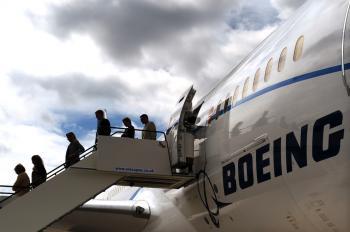
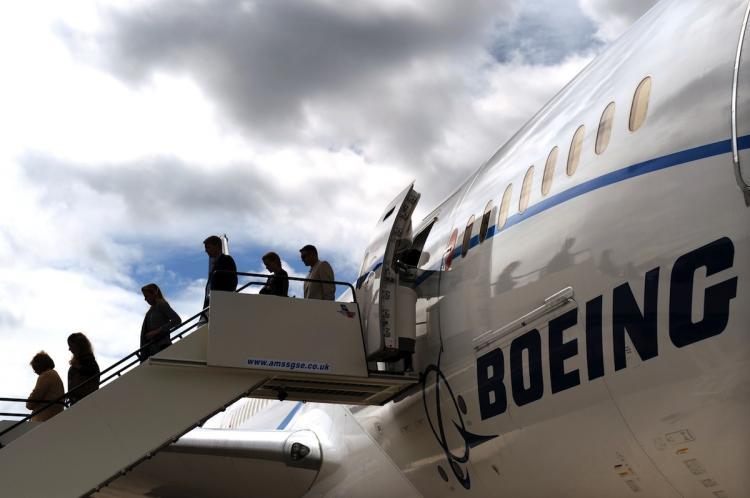
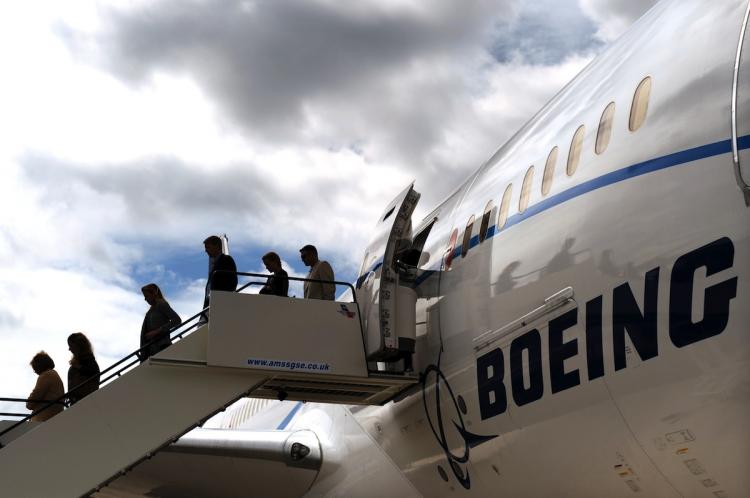

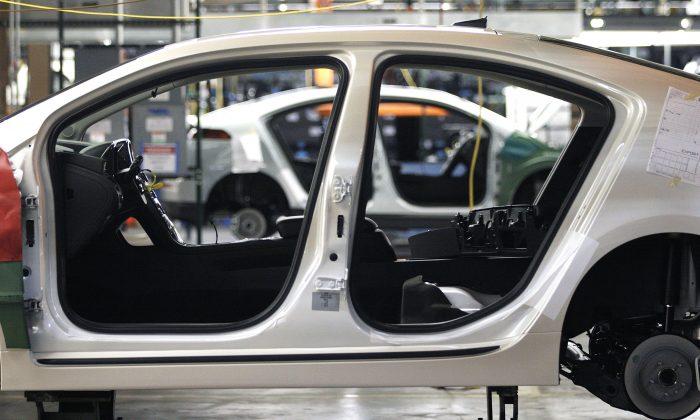
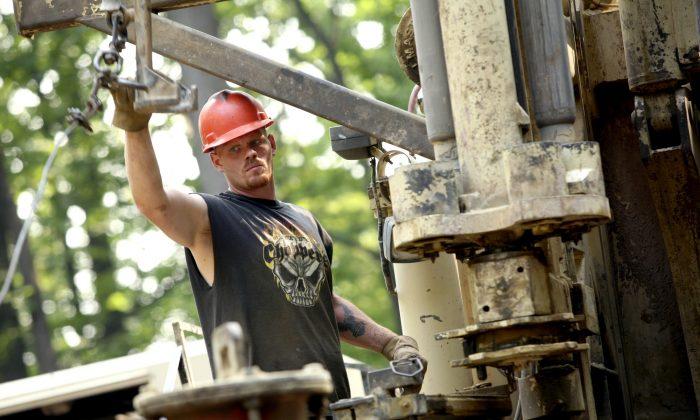

Friends Read Free